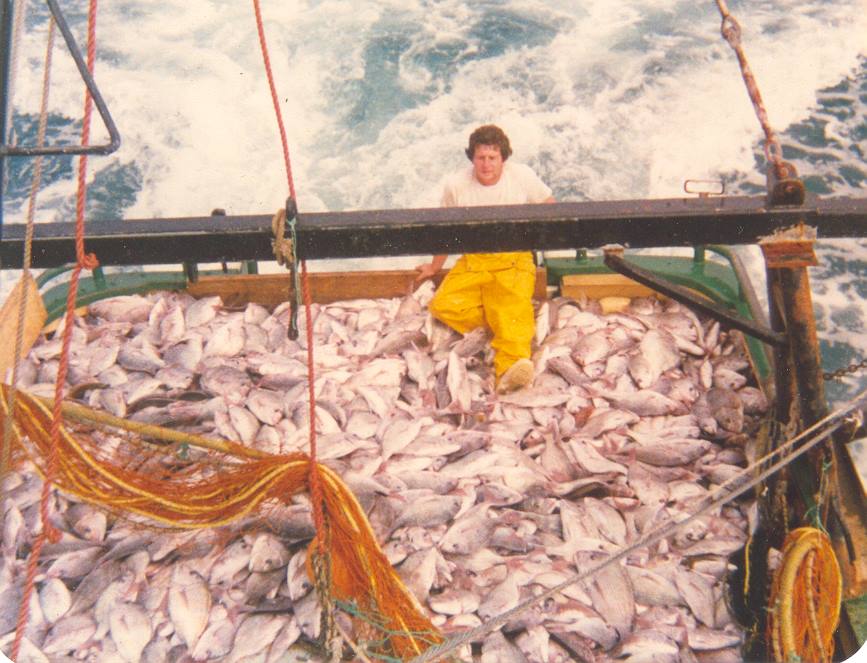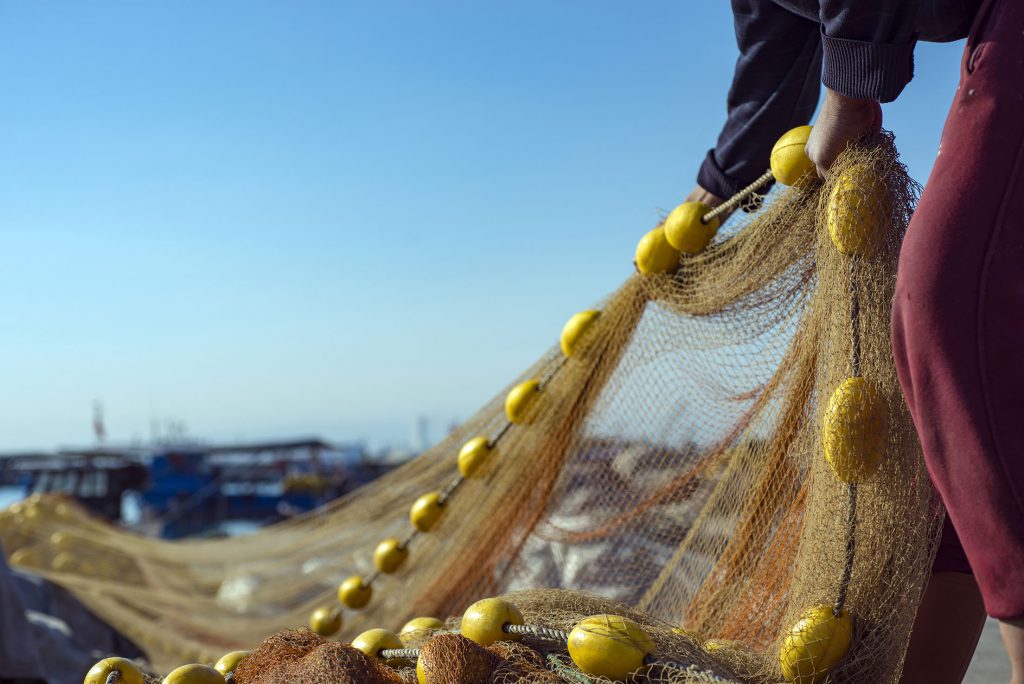The Quota Management System is based on over simplistic characterisations of how wild fish behave and interact. The sea is not like a farm.
How the Quota Management System works
New Zealand’s Exclusive Economic Zone (EEZ) extends to 200 nautical miles offshore. The Territorial Sea extends out to 12 nautical miles, and is often referred to as the ‘inshore zone’.
New Zealand has 98 species (or species groups). For assessment purposes these are divided into 685 separate fish stocks or sub-stocks. For example, nationwide snapper is split into six stocks, blue cod is managed as eight and scallops 13 stocks.
The Minister of Fisheries uses a range of information to set the Total Allowable Catch (TAC) for a fish stock.
The Minister must set aside specified tonnages of fish within the TAC to provide for –
- Māori customary fishing interests;
- Recreational fishing interests; and
- To cover expected mortality caused by fishing ie. illegal fishing, dead fish caused by trawling or other methods.
The remainder of the TAC is the Total Allowable Commercial Catch (TACC).
Recreational and Maori customary fishing are managed by regulations controlling methods, seasons and size limits.
Commercial fishing is managed within the QMS. The Minister uses a range of information to set the Total Allowable Commercial Catch (TACC) for each fish stock. TACCs are reviewed irregularly.
What is quota?
Quota is a share in a fish stock. While the TACC can vary, there are always 100,000,000 quota shares in each fish stock. These shares can be traded and are often referred to as Individual Transferable Quotas (ITQs). There are statutory limits on how much quota can be held by one entity.
Every year quota shareholders are allocated Annual Catch Entitlement (ACE). ACE has a one-year life span. ACE can be bought or sold.
The amount of ACE available is proportional to the Total Allowable Commercial Catch for each fish stock. For example, if the TACC is set as zero there is no ACE available for that stock.
Many commercial fishers do not own quota, but every fisher must have ACE to cover his catch. A fisher incurs penalties if he/she is unable to source enough ACE to cover their annual catch.
The Quota Management System was introduced to rebuild depleted fisheries and make commercial fishing more profitable. Many stocks have not rebuilt after 30 years of the QMS. In terms of profitability, commercial fishing has become corporatised with much of the inshore fleet barely able to maintain catches or income. Consequently, 78% of the quota is now owned by just 10 entities many of whom do not fish, they are merely investor quota shareholders.
History of fisheries management in NZ
New Zealanders have always had a close association with the sea. In pre-European times Māori coastal settlements were common. The introduction of industrial fishing methods in the 1950s and definition of the Exclusive Economic Zone in the 1970s led to untold pressure being applied to coastal fisheries. Foreign charter vessels were common in the deepwater fisheries.
Concerns were growing that commercial fishing was depleting the fisheries. By 1983 there were clear signs of an imminent collapse of the inshore fisheries. The Government introduced the Quota Management System (QMS) in 1986 to rebuild depleted fish stocks and better control commercial fishing. This process enabled the creation of quota, an asset that could be bought and sold by anyone, not just fishermen. 78% of the quota is now owned by just 10 entities.
During the process to establish the QMS thousands of small scale commercial fishers had their permits revoked. This had a disproportionate effect on regional communities and Māori families in particular. Small scale commercial fishers and families in the regions struggled to support themselves. Some communities have never recovered from their disconnection from the sea and its bounty.

Māori have commercial, customary and recreational interests in fisheries. Māori interests in fisheries were ignored during the process to establish the Quota Management System. After years of legal challenge Maori secured a settlement to compensate for their commercial interests and a commitment for ongoing support for their customary interests. When not fishing with a permit, fishing to feed the whānau is now categorised as ‘recreational’.
The public’s fishing interests were deliberately excluded from the QMS. In 1989 the Government developed a policy recognising the priority of non-commercial interests, traditional and recreational fishing. That policy is referred to as Moyle’s Promise. Unfortunately, the policy was never enshrined in legislation and over time commercial interests have managed to consolidate their political influence.
Decline in fish numbers
Fishing fleets are mostly concentrated in the larger ports with those onboard having few connections with the environment they are exploiting or the surrounding communities. This disconnect means there are few incentives for fishers to be good stewards of the marine environment or apply rotational harvesting strategies.
Depletion of one species can affect the whole food chain and the environment they live in. The information available to inform management decisions is often unreliable or sometimes not available, this means self-reported data from commercial fishing dominates many decisions. This can lead to over-estimates of fish abundance and decisions to allow greater catches than what is sustainable long-term.
When stock levels are eventually assessed there is often major debates about whether catches need to be cut and who takes those cuts. In the last two decades we have had significant public debates for important fisheries including –
- Crayfish.
- Kahawai.
- Snapper.
- Blue cod.
- Scallops.
- Kingfish.
- Tarakihi.
Damaging fishing methods
Mobile bottom contact fishing methods such as trawling and dredging have significant impacts on the seabed. They remove the natural organisms that support fish life, and turn once productive areas into deserts of silt. That silt is re-suspended on every passing drag spreading the silt further. Evidence is emerging showing that some areas take decades to recover from this damage, if they recover at all.
Industrial methods also tend to be non-selective when compared to long lining or potting. That is because most organisms or life forms in the path of the trawl net or dredge are captured and brought to the surface for sorting. Trawl nets kill more fish, even those that are not the target species. More fish die when a trawl net is used than in lining. Long lining has the advantage of one fish per hook. The fish can often be unhooked and returned to the water if not the target species. Potting is also a more selective alternative, allowing fish to be returned to the water if not the desired species or size.
The future is bleak with the current system
The neoliberal policy of privatising public resources that was popular in the 1980s is no longer suitable for the 21st century. The Quota Management System continues to stifle innovation. The QMS enables fish stocks to be depleted with few consequences, and permits the exploitation of our marine estate with little benefit to the public.
Changing from a community-based model to a market-based system with tradable quotas 30 years ago has been ineffective in addressing key sustainability issues including:
- Dumping of bycatch, unintended and non-target species.
- High grading, taking the highest value fish and discarding smaller fish.
- Under reporting of millions of tonnes of catch.
- Wasteful and damaging fishing practices, including trawling, dredging and seining.
- Poor monitoring and enforcement capabilities.
- Setting catch limits while ignoring the diminishing number of fish in the water.
